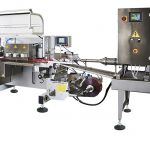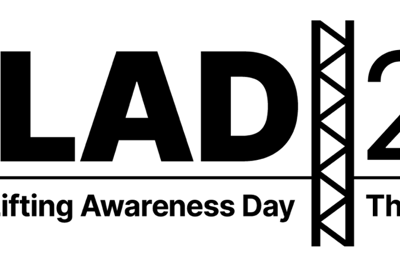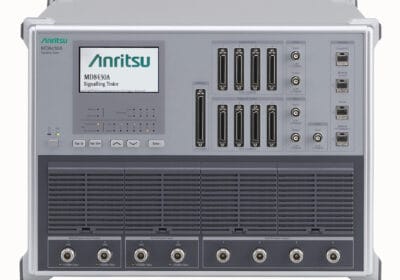Pharmaceutical manufacturers are faced with a complex juxtaposition — medicines are developing a rapid rate, while physical production lines are lagging behind. Here, Alexandra Hughes, Industry Sales Manager at automation software supplier, COPA-DATA UK, explains how technology can be used to improve equipment agility in pharmaceutical manufacturing.
The global vaccine effort in response to the COVID-19 pandemic is a clear example of the change of pace in pharmaceutical manufacturing. Vaccines aside, time-to-market is an increasingly important factor for the development of all types of pharmaceutical products. Not only is increased agility crucial to beating competitors to market, but also to keep production as streamlined as possible and enhance the throughput of a facility.
Throughput capacity is particularly important for today’s market. Unlike facilities of several decades ago, which may have focused on producing just a handful of medicines — typically of the same form, such as tablets, liquid medicines, or vaccines — today’s manufacturing lines are expected to adapt for multiple different products. This expands to accommodating the manufacture of personalised medicines and small batches.
Pharma’s inflexibility problem
One of the greatest barriers to achieving this level of agility is the inflexibility of current pharmaceutical manufacturing facilities. As many of these factories operate with legacy machinery that is several decades old, producing new, novel medicines at the drop of a hat often is not feasible. At least, not without significant investment.
That said, the cost of introducing new equipment to a site can be colossal. From the initial cost of the machine through to programming and integration, facilities managers can rack up millions in costs for the sake of a small batch. When considering the factory footprint required for some pharmaceutical equipment too, this option is often impractical.
Digitalization for agility
Implementing digital tools is one method to overcome this challenge. Legacy equipment can often be retrofitted with software to prepare it for the introduction of new product lines, or to allow it to communicate with other pieces of equipment.
Consider a 1990s liquid vial filling machine as an example. This could be updated to communicate seamlessly with a conveyor — despite being manufactured 30 years ago and coming from a different original equipment manufacturer (OEM). Using the right software platform, allows these machines to continue to provide value and they can be updated and designed to move and fill vials in a choreographed manner. What’s more, by adding more machinery to the mix, the entire process can be completed in a faster way than would be possible independently.
To achieve this, manufacturers must consider the communication protocol of the equipment and whether this is compatible with the software in question. To share data effectively from multiple protocols, independent software that is suitable for facilities with multiple equipment types is essential.
Modular pharma
In addition to enhancing equipment communication, many pharmaceutical manufacturers are implementing modular production to meet demand for personalised and small batch medicines. Modular production describes a production line that is broken into smaller modules, allowing manufacturers to isolate or combine specific modules to create new lines.
Digitalisation software can also make this possible, even with legacy equipment. What’s more, Module Type Packages (MTPs) can make modular production more straightforward. In the case of COPA-DATA’s zenon, a software platform for pharmaceutical manufacturing facilities, the tool can map out modular automation while maintaining full connectivity and control of the facility. For pharmaceutical manufacturers using zenon, this allows them to make otherwise inflexible production lines far more agile.
The pace of change in the pharmaceutical industry is faster, fiercer and often more urgent than ever before. While R&D teams are storming ahead, manufacturing facilities themselves cannot adapt at the same rate. When deployment of new physical equipment is out of the question, digital tools must be considered to retrofit production lines and equip them with greater flexibility, dexterity and in turn, possibility.








